The Mealworm Question for Tarantulas
Mealworms are a readily available and convenient food source for tarantulas, making them a popular choice among tarantula keepers. However, the question of whether a tarantula can thrive on a diet consisting solely of mealworms is a complex one. While mealworms can certainly be a part of a tarantula’s diet, relying on them exclusively may not provide the spider with the complete nutritional profile it needs to stay healthy and live a long life. This article will delve into the nutritional aspects of mealworms, the potential drawbacks of a mealworm-only diet, and the best practices for feeding your tarantula to ensure its well-being.
Nutritional Value of Mealworms
Understanding the nutritional composition of mealworms is crucial to evaluating their suitability as a tarantula food source. Mealworms are generally a good source of protein, which is essential for the growth and maintenance of tarantula tissues. They also contain fats and some other nutrients. However, the balance of these nutrients, and the presence of certain micronutrients, are key factors in determining their overall nutritional value. Let’s break down the key nutritional components of mealworms.
Protein Content
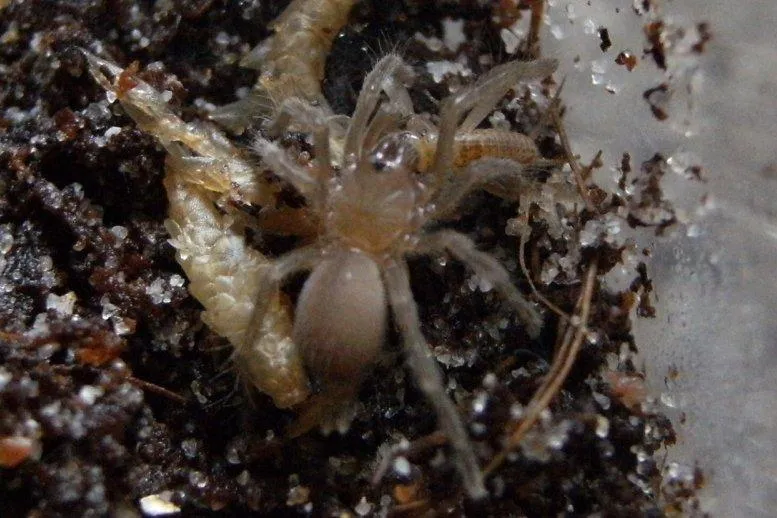
Mealworms offer a decent amount of protein, making them a valuable component of a tarantula’s diet. Protein is crucial for the growth, molting, and overall health of these arthropods. The protein content in mealworms contributes to the development and maintenance of muscle mass, the formation of exoskeletons, and various other bodily functions. However, the quality of protein, including the amino acid profile, is also a factor to consider. While mealworms provide protein, a varied diet can ensure a wider range of amino acids for optimal tarantula health.
Fat Content
Mealworms are relatively high in fat, which provides energy for tarantulas. However, an excessive intake of fats can lead to health problems such as obesity. While fats are necessary for certain metabolic processes and energy storage, the balance of fat intake is critical. A diet excessively high in fat may not be ideal for long-term tarantula health. Careful consideration of the fat content of mealworms, and balancing it with other food sources, is an important part of responsible tarantula care.
Fiber and Other Nutrients
Mealworms contain some fiber and other nutrients, but their nutritional profile is not perfectly balanced. Fiber is not a significant part of the mealworm’s composition, and tarantulas do not necessarily require large amounts of fiber. Other nutrients, such as vitamins and minerals, may be present in mealworms, but often in limited quantities. This is where a varied diet is essential to ensure that the tarantula receives all the nutrients it needs to thrive. Mealworms are not a complete food source and therefore should be a part of the tarantula’s diet rather than the whole diet.
Mealworms as a Primary Diet
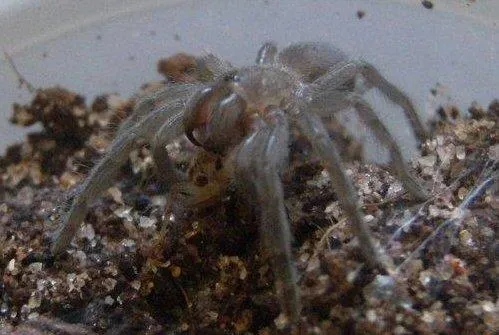
Feeding your tarantula solely mealworms can lead to several nutritional imbalances. While mealworms can be a convenient and readily available food source, relying on them as the only food source can create potential health problems for your pet tarantula. It is important to understand the risks involved and take proactive steps to mitigate them. A well-rounded diet is critical to the overall health of your tarantula, and this will be discussed in more detail in the next sections.
Potential Nutritional Deficiencies
A mealworm-only diet can result in deficiencies in certain essential nutrients. Mealworms are not a complete food source, and a tarantula may not get all the vitamins and minerals it requires from mealworms alone. These deficiencies can impact the tarantula’s health, growth, and lifespan. For example, inadequate levels of calcium can lead to molting problems, while a lack of certain vitamins can weaken the immune system. Providing a varied diet can help prevent these deficiencies, and ensure a healthier, happier tarantula.
Chitin and Digestibility
Mealworms contain chitin, a complex carbohydrate that forms the exoskeleton of insects. While chitin is not inherently harmful, a diet high in chitin might be difficult for tarantulas to digest in large quantities, potentially leading to digestive issues. Tarantulas have digestive systems adapted for processing insects, but an overabundance of chitin from a mealworm-only diet might put a strain on their digestive processes. The digestibility of mealworms can also vary based on their stage of development. By offering variety, the tarantula is able to get the most amount of nutrients.
Hydration and Mealworms
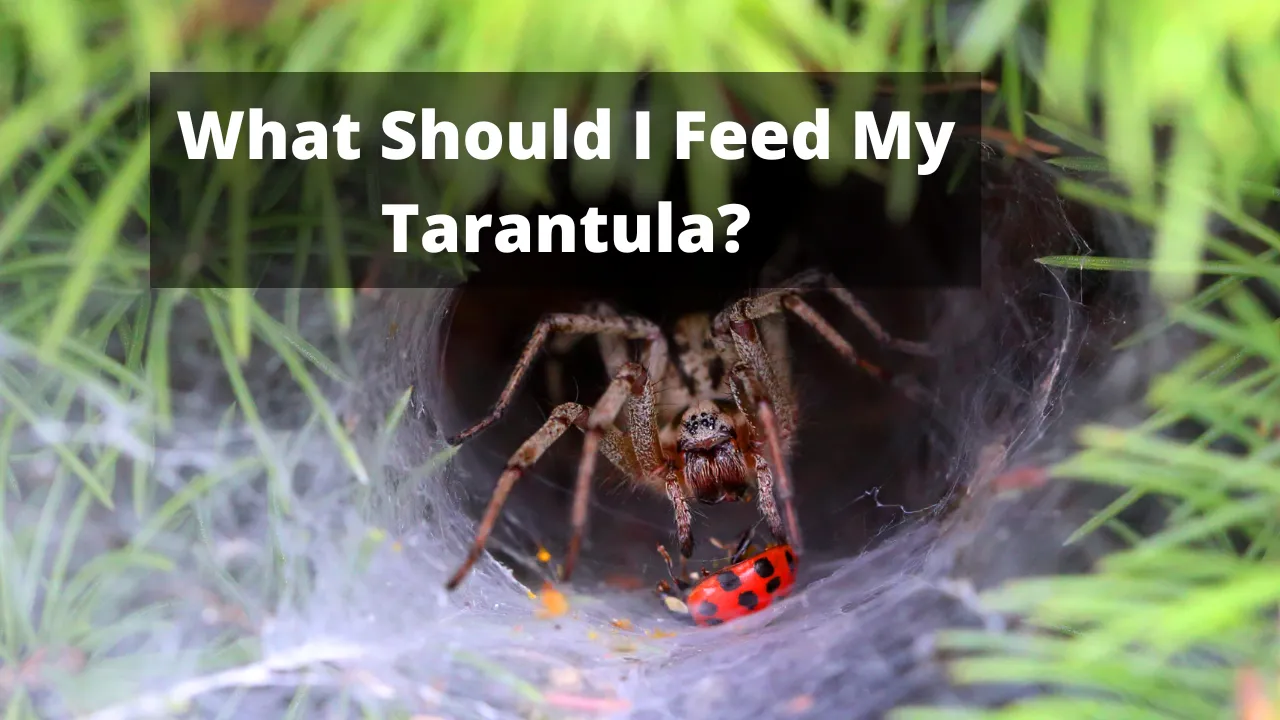
Mealworms have a relatively low moisture content compared to some other food sources. This means that a mealworm-only diet may not provide sufficient hydration for your tarantula. Proper hydration is critical for a tarantula’s health, as it helps with molting, waste elimination, and other essential bodily functions. If a tarantula is not getting enough water, this can potentially lead to health issues. Providing alternative sources of moisture or supplementing the diet with more hydrating food items can prevent this.
Supplementing the Mealworm Diet
To ensure your tarantula receives a balanced diet, it’s important to supplement mealworms with other food sources. This will help provide essential nutrients that mealworms may lack. Offering a variety of insects and other food items can help keep your tarantula healthy and happy.
Vitamins and Minerals
Supplementing a tarantula’s diet with vitamins and minerals can address any nutritional gaps. There are commercially available supplements specifically designed for reptiles and invertebrates that can be dusted on food items before feeding. Calcium and vitamin D3 are especially important, as they help with the proper development of the exoskeleton. It is important to research the supplements carefully and follow the recommended dosages to avoid over-supplementation, which can also be detrimental to the tarantula’s health.
Variety in a Tarantula’s Diet
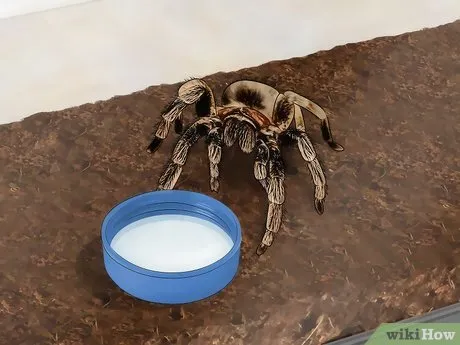
Offering a variety of insects and other food items can provide a wider range of nutrients and keep your tarantula engaged. Crickets, roaches, and other insects can provide different amino acids, vitamins, and minerals that mealworms may lack. It’s also important to vary the size of the prey to match the tarantula’s growth stage. Variety not only enhances the nutritional value of the diet but also provides behavioral enrichment for the tarantula. Observe your tarantula’s feeding preferences and adjust the diet accordingly.
Feeding Frequency and Quantity
The frequency and quantity of feeding are crucial for maintaining your tarantula’s health. Overfeeding can lead to obesity, while underfeeding can result in nutritional deficiencies. Following these guidelines will ensure a healthy eating plan for your pet.
How Many Mealworms to Feed
The quantity of mealworms to feed depends on the size and age of your tarantula. A general guideline is to offer one to two mealworms per inch of the tarantula’s body length. Adjust the number based on the tarantula’s appetite and overall condition. Avoid overfeeding, as uneaten mealworms can stress the tarantula and negatively impact the habitat. It is important to remove any uneaten mealworms within 24 hours to prevent them from burrowing in the substrate or potentially harming the tarantula.
Frequency of Feeding

The feeding frequency also depends on the tarantula’s age. Spiderlings and juvenile tarantulas require more frequent feeding than adults. Spiderlings may need to be fed every day or every other day, while juveniles can be fed every few days. Adult tarantulas, especially those that are nearing the molting stage, can be fed once or twice a week. Monitor your tarantula’s abdomen to determine if it’s getting enough food. If the abdomen appears plump, it means the tarantula is well-fed, if it is too thin it is a sign of underfeeding.
Monitoring Your Tarantula’s Health
Regularly monitoring your tarantula’s health is crucial to identify any potential issues early. By observing your tarantula’s behavior, appearance, and feeding habits, you can gain valuable insights into its overall well-being. This proactive approach can help prevent health issues and ensure a long, healthy life for your pet tarantula.
Signs of a Healthy Tarantula
A healthy tarantula typically exhibits certain characteristics. The abdomen should be plump and round, but not overly distended. The tarantula should be active and responsive to its environment. The exoskeleton should be intact and free of any injuries or deformities. The tarantula should have a good appetite and readily accept food. Regular molting is also a sign of good health and proper care. A tarantula that is molting should not be disturbed.
Signs of Nutritional Deficiencies
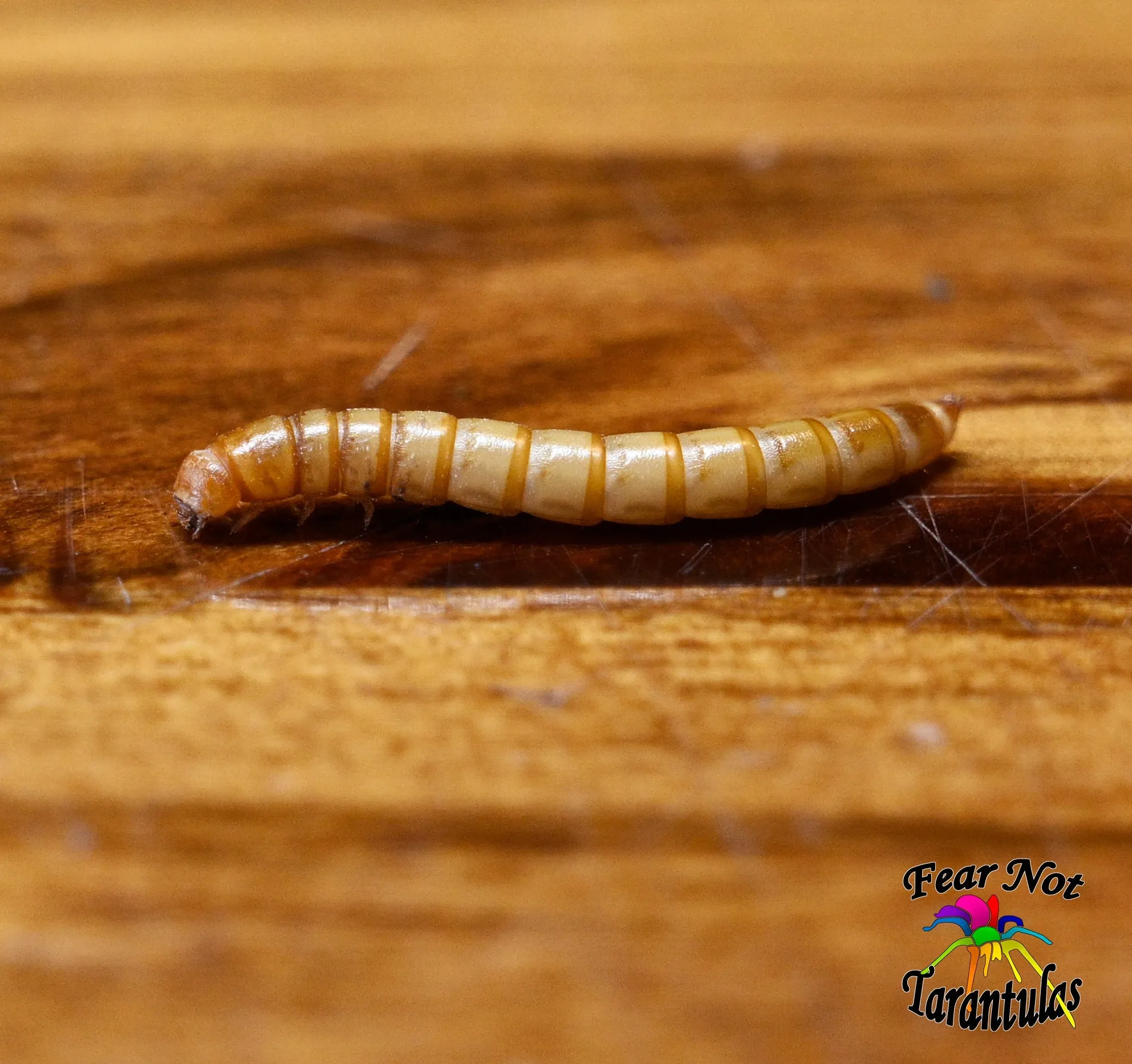
Be on the lookout for signs of nutritional deficiencies. These signs can include a thin abdomen, sluggishness, and loss of appetite. Molting problems, such as difficulty shedding the exoskeleton, can also indicate nutritional deficiencies. Other signs include tremors, uncoordinated movements, and changes in color. If you notice any of these signs, it is important to consult with a veterinarian or experienced tarantula keeper for guidance. Adjusting the diet, providing supplements, and improving the tarantula’s environment can often address these issues.
Conclusion
While mealworms can be a part of a tarantula’s diet, they should not be the only food source. A balanced diet consisting of a variety of insects, supplemented with vitamins and minerals, is essential for the health and well-being of your pet tarantula. By understanding the nutritional value of mealworms, supplementing the diet, and monitoring your tarantula’s health, you can ensure that your tarantula thrives. Remember that responsible tarantula care involves providing a diverse and nutritious diet, ensuring proper hydration, and maintaining a suitable habitat. Taking these measures will help your tarantula live a long, healthy, and fulfilling life.
